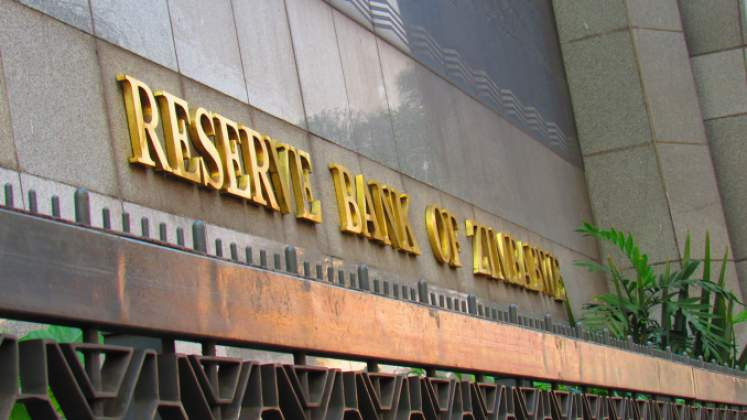
THE Reserve Bank of Zimbabwe (RBZ) yesterday slashed its policy rate to 150% and undertook to trim it further to double digit levels in line with inflation expectations.
Zimbabwe had the highest policy rate of 200% before yesterday’s cuts, which came as industries warned of massive production slowdowns if borrowing costs remained at three-digit figures.
Still, at 150%, the rate remains one of the world’s most expensive.
Policy rates across global markets have been trending between single- and double-digit ranges.
Analysts warned last night that capital flows to industries would remain constrained as firms avoid piling expensive debts onto their balance sheets.
The policy rate had been pegged at 200%, from 120% previously, in mid-2022, as the central bank battled to control spending and contain rampaging inflationary pressures.
On Monday, the Zimbabwe National Statistics Agency said the annual inflation rate fell to 229% in January, from 243% in December.
But it still remained the highest such rate in southern Africa, and among the world’s worst.
- ‘Inflation could shoot to 700% by April next year’
- New perspectives: Inflation control critical for economic growth
- Inflation spike: Why interest rates aren’t the answer
- Village Rhapsody: Govt must ensure that devolution works
Keep Reading
Central bank chief John Mangudya said rates will be slashed further during 2023 to end at between 30% and 60% by the end of the year.
The Ministry of Finance has already projected annual inflation to slow to a double-digit range at the end of this year.
“Bank policy rate (has been) reduced from 200% to 150% per annum, to align with the inflation outlook. The prevailing bank policy rate is maintained as the minimum lending rate for all banks,” Mangudya said, as he laid out a broad range of rate cuts to ameliorate Zimbabwe’s long running economic crisis.
“Policy rates are expected to be aligned to the implied Zimbabwe dollar inflation path and end the year 2023 between 30%-60%,” said the RBZ chief.
“The lending rate on the medium-term bank accommodation (MBA) facility for the productive sectors, including individuals and MSMEs, (has been) reduced from 100% per annum to 75% per annum. Minimum deposit rates on savings and time deposits (have been) adjusted to 30% and 50% per annum, respectively,” the central bank chief added.
He said the minimum deposit interest rate on foreign currency account savings and time deposits would be maintained at 1% and 2,5% per annum respectively.
Mangudya said monthly blended inflation was expected to average below 1,5% this year, while annual blended inflation was projected to decline, reaching between 10% and 30% by year-end.
“The foreign currency retention thresholds on exports and domestic FCAs are key to influencing export earnings and the build-up of foreign currency reserves for the country. The bank always strives to set the thresholds at levels that strike a balance between the promotion of production of exports and export earnings, and the accumulation of foreign reserves,” Mangudya said.
“Given these two objectives, export retention shall be increased and standardised at a level of 75% across all sectors of the economy, including firms listed on the Victoria Falls Stock Exchange (VFEX), with effect from February 1 2023. Given this positive development, the incremental export incentive scheme is suspended for ease of administration.”






